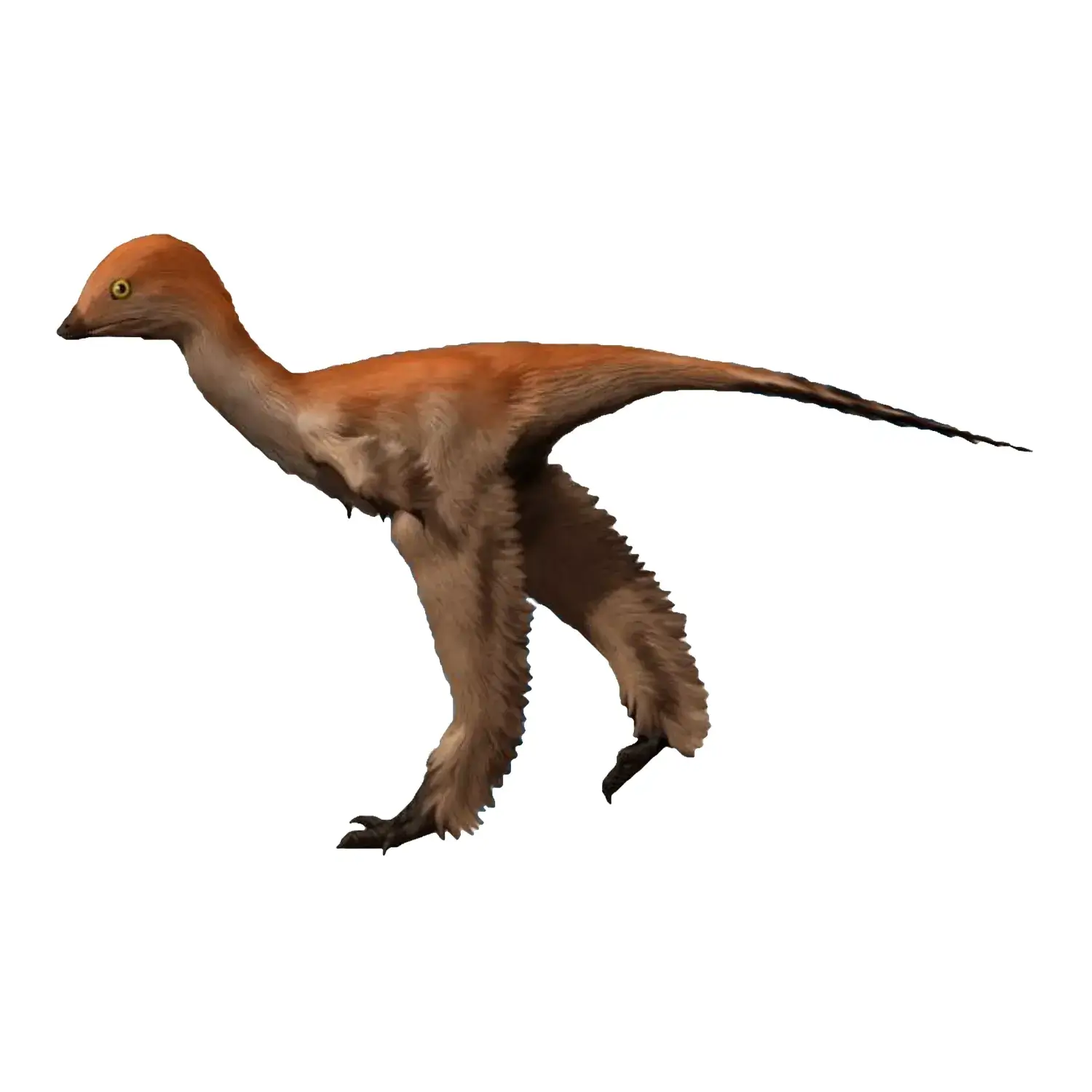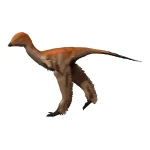Mei
Name Origin
To Sleep
Family
Troodontidae
Classification
Diapsida, Saurischia, Theropoda
Habitat (Discovery Location)
China
Period
Early Cretaceous
Length
Approximately 50 to 100 cm
Weight
Approximately 3.6 kilograms
Diet
Carnivore (Meat-eater)


Name Origin
To Sleep
Family
Troodontidae
Classification
Diapsida, Saurischia, Theropoda
Habitat (Discovery Location)
China
Period
Early Cretaceous
Length
Approximately 50 to 100 cm
Weight
Approximately 3.6 kilograms
Diet
Carnivore (Meat-eater)
Description
This was a carnivorous dinosaur with a total length of approximately 50 to 100 cm.
It was a predator with a large, well-developed brain and excellent senses of sight and hearing.
That said, it is believed to have primarily preyed on insects, lizards, and small mammals.
Multiple fossils have been found in quick succession in China’s Liaoning Province, suggesting that its population density may have been high.
A Discovery of a Lifetime
The discovery of this dinosaur was a landmark event in the history of paleontology.
The fossilized Mei was found curled up with its head tucked under its body, as if it were sleeping. This is the same posture that modern birds use when they rest in their nests.
It is believed that Mei inhaled volcanic gas and suffocated.
Because of this sudden accident, the fossil was preserved in a near-perfect, undamaged state.
The bones of Mei’s skull were not fused, suggesting it was a young individual that was still growing.
A dinosaur fossil in a sleeping posture had never been found before, and Mei was the first.
The perfectly preserved skeleton of Mei revealed that a dinosaur from 130 million years ago slept in the same posture as modern birds.